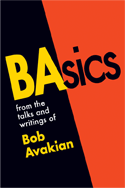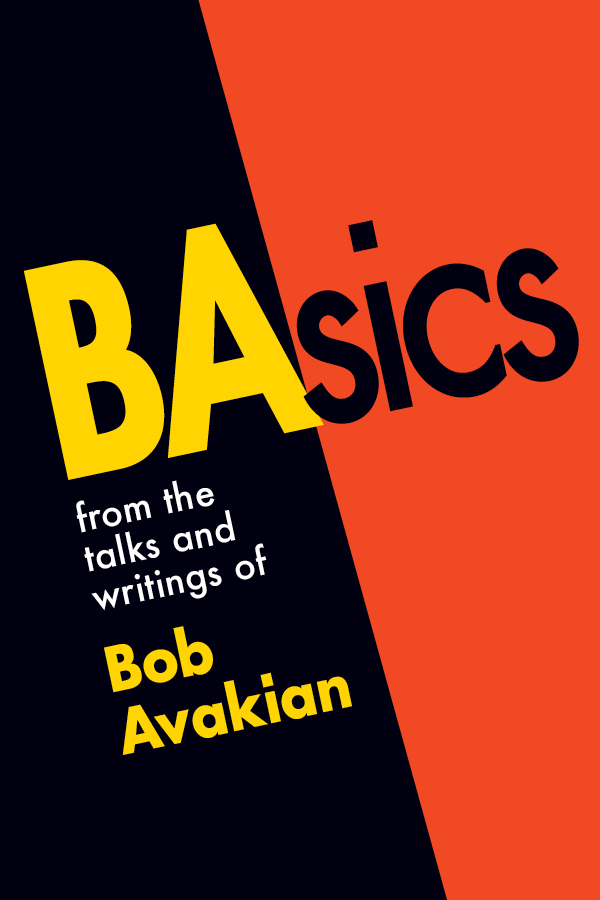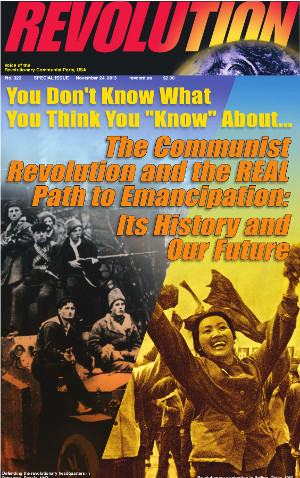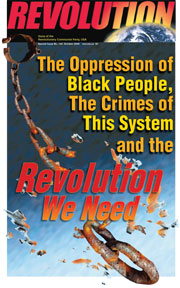A Timeline with Lessons for Today:
Hitler’s Rise to Power
November 14, 2016 | Revolution Newspaper | revcom.us
In 1933, Adolph Hitler became chancellor of Germany. That event set in motion some of the greatest horrors of the 20th century. Here’s something most people don’t know, or if they do know it, far too many fail to confront the implications: Hitler and the Nazis came to power through established channels of democracy and elections. The following timeline traces key events in Hitler’s rise to power.
* * *
1919
In the aftermath of Germany’s crushing defeat in World War 1, the country is in widespread economic, political, and moral crisis. An attempt at communist revolution is drowned in blood. At the same time, fascist organizations are given great leeway to organize.
1921. Adolph Hitler becomes the leader of the National Socialist German Workers’ Party (the Nazis). He combines populist patriotic appeals to the ruined middle class with a program calling for the violent subjugation of neighboring countries to the east. He taps into and whips up ignorant, violent fear and hatred of Jews. He calls for revoking the citizenship of Jews. In his blustering persona and agenda, Hitler champions and symbolizes unapologetic and belligerent revival of German nationalism. Much of the German ruling class media, and much of society, dismiss him as a buffoon.
1923
The Weimar Republic is the democratic form through which the German capitalist-imperialists rule Germany. Hitler leads 2,000 armed fascists in the city of Munich in an attempt to overthrow the republic. His aim is to establish a fascist regime without pretense of civil liberties or elections. The attempted coup is a failure but it serves as a rallying cry for fascists throughout Germany.
1924
Hitler’s 24-day treason trial becomes a widely publicized manifesto for his fascist agenda. He denounces the Weimar Republic as “traitors” whose weakness brought humiliation and defeat in war. Hitler is convicted of treason but serves less than a year in jail. In prison Hitler writes his infamous book, Mein Kampf (My Struggle). The book asserts racist theories adapted from those widely promoted in the United States at the time. It articulates an agenda of genocide against Jews, war on cosmopolitan (tolerant and enlightened) thinking and values, and absolute rule by naked terror. It calls for restoring German power by invading and conquering lands to the east. There is no basis now for anyone to claim ignorance of Hitler’s program.
1925
Emerging from prison with a national audience and more powerful backing from sections of the German ruling class, Hitler and his backers determine the best way to achieve their goals is through legal means and elections. At the same time, Nazi “brownshirts”—armed gangs of fascist terrorists—step up violence against Hitler’s opponents, especially radicals and communists.
1928
Hitler’s party wins just 2.6 percent of the vote in national elections.
1929
Global economic crisis is triggered by the crash of the U.S. stock market. The crisis devastates the German economy. The Nazis gain a larger following, and are seen as the best option by growing sections of the German ruling class.
1930
Hitler’s party wins 18.3 percent of the vote in elections to the Reichstag (parliament, or congress).
1931
Hitler and the Nazis join parliament and form coalitions with more established reactionary parties. Nazi officials are elected or appointed in key regions of Germany
1932
Hitler places a strong second in the presidential elections. At the same time, nearly a third of the vote goes to communists or social democrats who oppose Hitler. The Nazis target Germany’s large communist movement for the most violent attacks. Ferocious street clashes rage between fascists and communists.
January 1933
Clashes between Nazis and communists are invoked by the Nazis to demand “law and order” and an end to civil liberties. Nazi militias and paramilitary thugs are formally integrated into official police forces as “auxiliary police.” In the fifth election in five turbulent years, the Nazis win 44 percent of the vote. This is not a majority but it is a plurality—a larger share of the vote than any other party. Hitler is appointed chancellor by Germany’s President Hindenburg. Hitler’s cabinet is made up of one-third Nazis who control the forces of repression and ministry of propaganda. The remainder of the cabinet is made up of traditional establishment conservative and reactionary figures—old-school monarchists and representatives of newer capitalists including a mass-media mogul. Their agendas overlap with Hitler, even though in the main they do not share his fixation on exterminating the Jews. They provide critical connections and imbue legitimacy on the regime.
February 1933
The Reichstag building is set on fire. Historians have generally concluded that the Nazis planned the arson and carried it out for their own ends. The incident is blamed on a communist conspiracy. A huge propaganda blitz whips up anti-communist hysteria. Nazi militias and official police round up communists.
March 1933
Despite terror and intimidation, millions continue to vote for the communists in national elections. The dozens of communists in the Reichstag are jailed or in hiding. The Reichstag passes an act giving Hitler absolute power for four years. Remaining political parties are banned. Germany’s existing prison system cannot accommodate the tens of thousands of opponents of the regime rounded up by Hitler—overwhelmingly communists. The first of what will be many concentration camps is set up to detain them. Later, millions of Jews and others will be shipped to what become death camps.
1934
The Nazis declare they are the party that can unify the country, impose law and order, and restore traditional values. Unions are abolished and replaced by Nazi labor organizations. Hitler’s rivals in government are rounded up and shot. After President Hindenburg dies, Hitler assumes the position of Germany’s president as well as chancellor.
In the next 11 years, six million Jews, Roma people (“Gypsies”), gay people, people with disabilities, communists, and dissidents are rounded up and shipped to death camps in Germany and German-occupied Europe. Under Hitler, German imperialism wars with rival imperialists (France, Britain, and the U.S.) and invades and occupies Eastern Europe, enslaving and slaughtering peoples considered “inferior.” Germany invades the (then) socialist Soviet Union, resulting in the deaths of some 27 million people in the Soviet Union. Germany’s defeat in that invasion is the single most defining event that leads to the defeat and collapse of the Nazi regime.
* * *
History does not proceed by repeating itself, and the future is unwritten. But history DOES provide lessons and it would be very unwise, to understate the case, to draw comfort from the fact that at this point in the United States, President-elect Donald Trump heads a larger and contradictory alliance of right-wing forces. At first, Hitler ruled as part of a larger coalition of forces. Further, as Trump goes forward with repressing some of the groups he has targeted, it would be very wise to take a lesson from Martin Niemöller, the German clergyman who, after the war, made the following famous statement:
First they came for the Communists, and I didn’t speak up because I wasn’t a Communist.
Then they came for the Jews, and I didn’t speak up because I wasn’t a Jew.
Then they came for the trade unionists, and I didn’t speak up because I wasn’t a trade unionist.
Then they came for the Catholics, and I didn’t speak up because I was a Protestant.
Then they came for me, and by that time no one was left to speak up.
Resources / References / Background Material:
The Rise and Fall of the Third Reich—A History of Nazi Germany, William L. Shirer (1960)
Why Did the Heavens Not Darken? The “Final Solution” in History, Arno J. Mayer (1989)
“Martin Niemoller and the Lessons for this Moment,” by Toby O’Ryan, Revolution/www.revcom.us (October 20, 2005)
“Revolution Responds To Question on Nature of Holocaust,” Revolution/www.revcom.us (October 31, 2010)
Volunteers Needed... for revcom.us and Revolution
If you like this article, subscribe, donate to and sustain Revolution newspaper.








